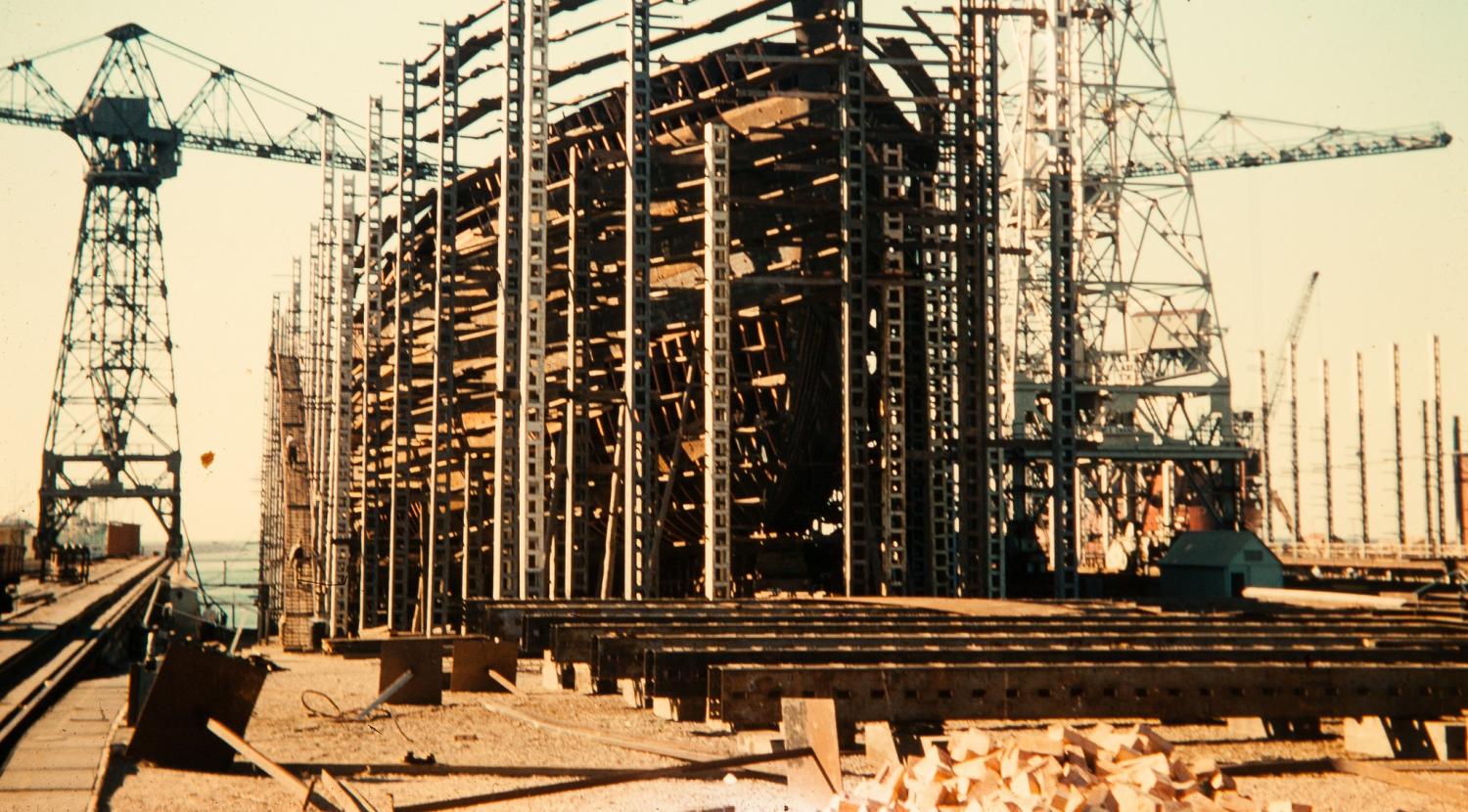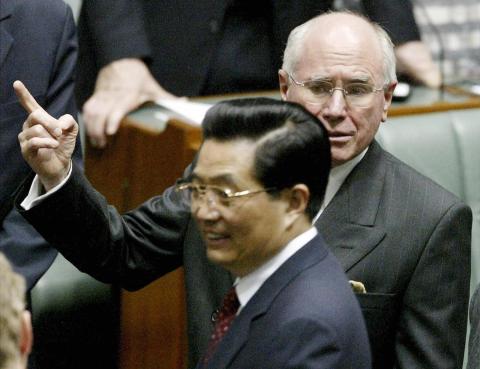This is the second in a three-part series on the future of world trade from a global (part 1), Asia Pacific (part 2) and Australian (part 3) perspective.
The toughest message free marketeers have to get across is that encouraging others to open markets is not as important ensuring our economy is globally competitive. Australia has been the growth leader among industrialised economies because of its competitiveness but this has never really registered with a public distracted by a peculiar decade of incompetence by Australia’s political leaders.
Polling shows Australians consistently in favour of free trade - indeed the 2017 Lowy Poll found 78% believe globalisation is ‘mostly good’ for Australia, up 14 points since 2006 - and Free Trade Agreements (FTAs), particularly with key partners like the US, Japan and China are generally well regarded. Australians know expanding exports of mineral resources has boosted growth, as do increases in foreign students studying in Australia and tourists.
Does the election of Donald Trump or the stalling of a pan Asian Pacific free trade agreement undermine those exports? No. But there are other risks Australian Governments should heed. These are mainly home grown; the debt incurred to ride out the ‘Global Financial Crisis’ is still in place and government expenditure has increased.
As well, the level of risk in the global economy remains uncertain as reports on the recent meeting of Central Bankers at Jackson Hole show. China’s debt is rising and the debt incurred by the European Union after the Global Financial Crisis remains unrecovered. Increasingly analysts forecast a major down turn in China which now accounts for nearly a quarter of all exports to Australia. (US and Japan each contribute nearly 10%.)
While there is risk for Australia in this trade profile it is important to note that foreign investment is as important as trade, for both the domestic economy and offshore investors in Australia. The US and UK are the biggest foreign investors in Australia. All major advanced economies have removed barriers to two way investment. Earnings from Australian off shore investment are increasingly important.
Australia has reduced most of its tariffs to low levels. In FTA negotiations it seeks greater access for Australian goods and services and offers in return fewer restrictions on foreign investment and services.
Yet there are signs of antipathy towards foreign investment in Australia. Small farmers are active drivers. The Coalition Government now requires any foreign investment in rural property over $25 million to be reviewed before approval. Yet standing policy in free trade agreements is to accept investment in other sectors without review (apart from strategically sensitive areas) up to a value of $1 billion.
While high real estate prices in Sydney and Melbourne are generating antipathy to foreign investment, these are not necessarily the leading contributor to higher prices. State Governments have imposed limits on availability of land for housing when immigration is at record levels. General antipathy to foreign investment in Northern and Western Australia is also on the rise, although this is not directed at resource investment.
In the 1980s there was concern about the amount of Japanese investment in Australia. Today Japan is regarded as a friendly investor.
Uncertainty in Australian federal politics has spawned political interests with a narrow focus. These have denied governments of the day opportunity to pass legislation in the Senate. An anti-free trade sentiment is also manifest. Foreign investment is criticised. There are new constraints on provision of 457 temporary work permits (originally intended where necessary technical expertise was not available in the workforce). And Federal and State Governments have considered funding steel plants originally proposed for closure because they were unable to compete with imported steel.
The irony here is that polling showed the public support for the free trade agreement with China was strong, as was that for the other FTAs negotiated over the last decade. This was consistent with support for the then Prime Minister Julia Gillard’s call for full engagement in ‘the Asian century’.
There is also other creeping protectionism in Australian law. The Abbott Government expanded controls on 'dumping' (supply of product at prices below the cost of production) introduced by Labor. The Productivity Commission has consistently pointed out these measures simply increase costs in Australia.
As a middle-ranking economic power, Australia is not in a position influence bigger economies on trade policy. It will be at least a decade, and probably more, before China can introduce the regulatory policies necessary to enable it to adopt and work cooperatively with others to reduce barriers to trade, particularly services, and investment.
Australia has provisions in the FTAs negotiated with other Asian Pacific trading partners to regularly review the agreements and extend the commitments to liberalise. But to secure the full benefit of these opportunities, it must also regularly review domestic regulations and laws to ensure regulatory overload does not undermine competitiveness in the Australian economy.

